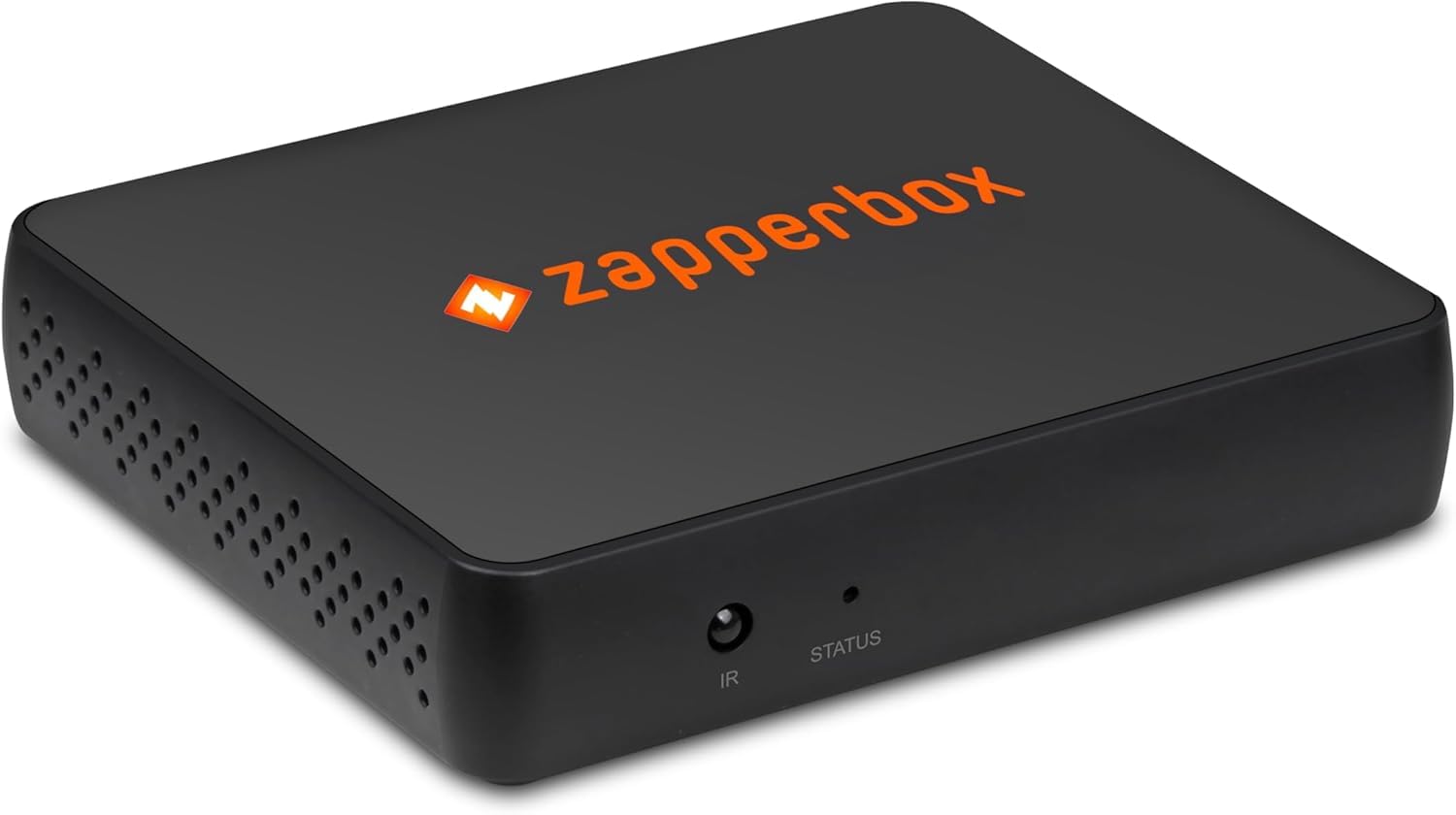Mobile video standards war hinders deployment
While many companies and broadcasters were talking about mobile video services, several issues must be resolved before full deployment can succeed. European broadcasters, just like U.S. broadcasters, must find new content to support these next-generation services and a single standard for delivering video and audio elements needs to be agreed upon. Thus far, neither has happened.
The competing standards, DVB-H, T-DMB and MediaFLO are all being used sparingly for various tests throughout the continent (and were on display in a special Mobile Video area at the IBC conference), but none has overwhelming support.
There have been reports of channel changes taking up to 15 seconds when using the DVB-H scheme. Dermot Nolan, an expert on mobile video technology, said if this continues to be the case, the technology is “dead in the water.”
In the U.S., the same format war, between DVB-H and MediaFLO, is inevitable. Nolan suggested that American telco companies would choose DVB-H because it includes more open technology than the competing technology developed by Qualcomm. The company has established a new venture, MediaFLO USA, which intends to provide interactive multimedia services to consumers in cooperation with U.S. cellular operators. MediaFLO USA was structured as a subsidiary because Qualcomm said it intends ultimately to spin off its ownership of the business to its shareholders.
Subscribers of mobile video services will have access to a broad range of content from the entertainment industry’s media companies. The services will give TV stations and networks, cable TV and satellite operators and networks, and other content providers a new distribution channel that complements their current offerings, enabling them to reach their increasingly mobile audiences.
The professional video industry's #1 source for news, trends and product and tech information. Sign up below.
